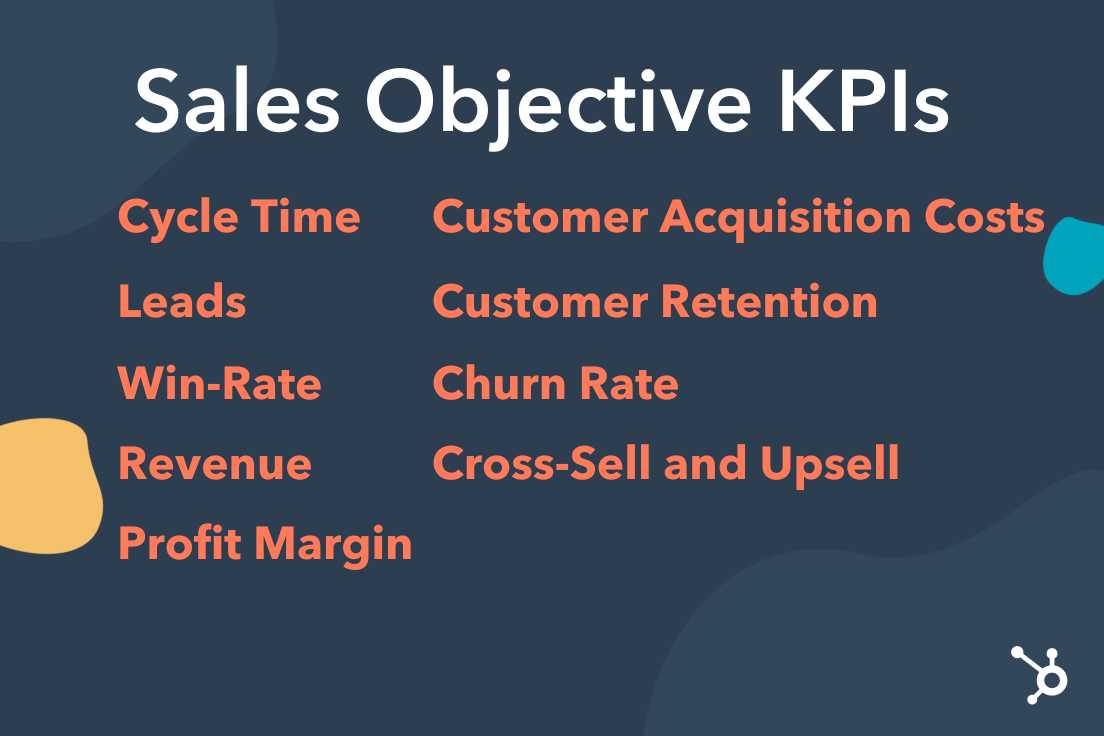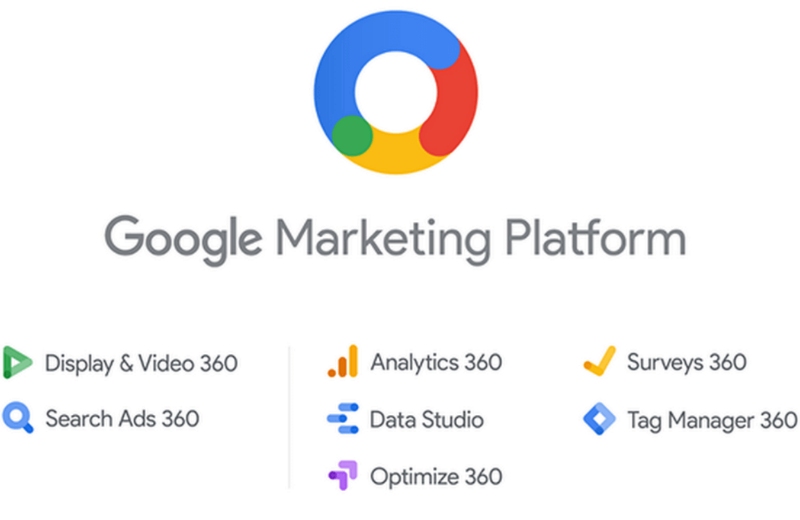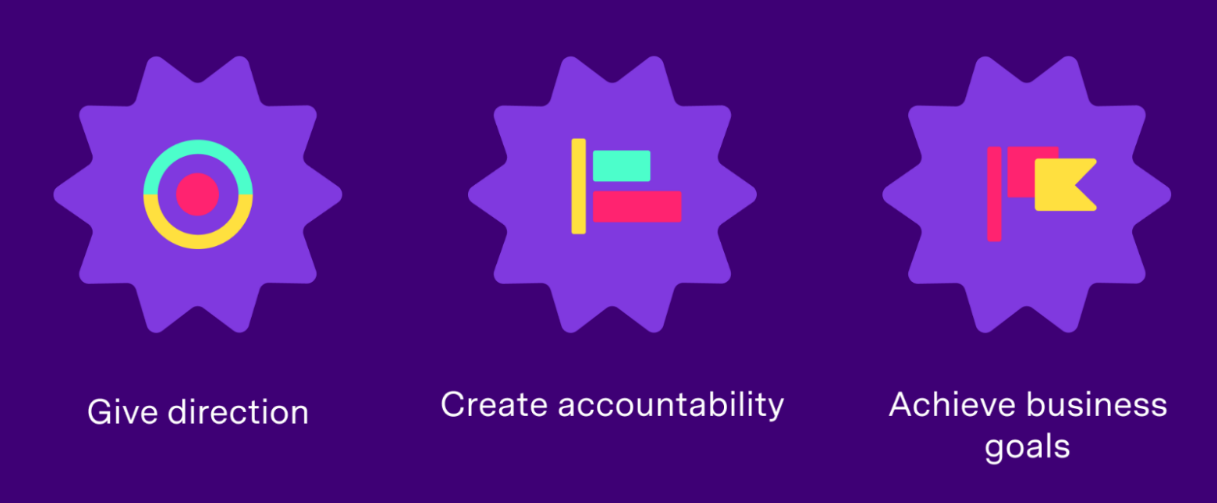"Sales are contingent upon the attitude of the salesman, not the attitude of the prospect." - William Clement Stone
Introduction
As a salesperson, your primary goal is to meet and exceed your sales targets to drive revenue for your company. While there are many activities you need to do to achieve your targets, one of the most impactful is conducting effective sales calls.
What are sales calls?
Sales calls are an essential part of any business, and they play a vital role in achieving the target quota. A sales call is an opportunity to connect with potential customers, educate them about the product or service, and persuade them to make a purchase. If your prospect has never heard from you before, the call is called a cold call.
5 steps to make better sales calls
However, not all sales calls are successful, and sometimes, despite putting in the effort, sales reps fail to achieve the target quota. This is where having clear sales call objectives can make a significant difference. Each call needs to have clear objectives to make the most of the opportunity. Note that these are best practices and there is no one-size-fits-all solution. Call objectives created by a sales team should fall in line with their sales objectives for better results.
Making sales calls is an art that you can perfect, and these tips for making a successful sales call will help you do just that.
Key Objectives to Reach Your Quota:
1. Get the prospect to engage
Your first objective is to have a two-way engaging conversation with your prospect. Call planning is the key to any conversation. As sales expert Jill Konrath says, “Getting engagement is the first battle that needs to be won. Without it, you have no opportunity.” Ask questions about the prospect's business, share relevant information about their industry, and look for signals that they are interested in a productive discussion. If you can't get potential clients engaged, you can't hold their attention through your sales pitch, given that the pitching phase of the conversation could be reached in the first place.

2. Establish credibility and trust
You need to convey your credibility and build trust within the first few minutes of the call. Highlight your relevant experience, background, company stability, and client successes.
“Building trust is a key objective. Without trust, there can be no relationship.”
Share social proof like testimonials to strengthen your credibility. The prospect will not buy from someone they don’t trust, so this is a key box to check.
3. Identify needs and challenges
A key objective is to determine the prospect's pain points and priorities. The issues and challenges that your prospect might be facing are some examples of pain points. See if there is a potential fit with your solution. Ask probing questions and listen actively to understand their issues on the call. Unmet needs are a salesperson's biggest opportunities.
4. Educate on your solutions
If there is a good fit, your next objective is to educate the prospect on how your offerings can meet their needs. The heart of this objective is to communicate how the thing you're selling will make your prospect's life better. You've already identified the customer's need. Explain your solutions, key features, and benefits that are relevant to it. Focus on how you can solve their problems and achieve their goals. The more you can tailor your solution to their specific needs on the call, the more engaged they will be.
Know more about the Sales Call Objectives video
It's a good idea to have a call script at this point. You don't have to follow a script religiously; rather it's meant to be a general outline of directions you can steer the conversation in, for. talking points. A call script will help you stick to the best highlights of the product, while giving ample wiggle room in case the call goes in a different direction.
Making a sales call script will also help you sound confident and self-aware. When making cold calls, a clear and steady tone is also helpful early in the call. Answering your prospect's queries correctly and concisely shows that you've done your homework, projecting a sense of trust.
5. Use the right tools
Most SDRs stick to traditional selling patterns, and it affects their quota. SDRs must have the ability to again with the changing business module. Technology offers tools to make trouble-free sales call. Making the right use of it supports your customer, and their perception of you shifts for the better. Here are some of the extremely supportive tools:
CRM Software:
CRM software tool allows sales reps to track customer behavior, analyze sales data, and automate routine tasks.

Sales Enablement Tools:
Sales enablement tools help sales reps improve their performance by providing sales training programs, sales coaching platform, and sales content management systems.


Lead Generation Tools:

Lead generation tools help sales reps find and connect with potential customers.
Email Marketing Software:

Email marketing software is a tool that allows sales reps to send targeted emails to potential customers. Sales reps can reach a large audience and increase their sale rate.
Sales Analytics Tools:

Sales analytics tools help sales reps track their performance and measure their results. By using sales analytics tools, sales reps can identify areas for improvement, optimize their sales processes, and make data-driven decisions.
Communication Tools:
Communication tools such as video conferencing software, messaging apps, and virtual phone systems can help sales reps stay connected with their customers and team members.
Streamline your sales calls: Best Chrome Dialer Extensions
7. Close the call
The final step to learn is to conclude the sales call and close it.
Finally, at the end of the call, your key objective is to get the prospect to commit to concrete next steps that will lead to a sale, such as a follow-up meeting, demo, or proposal. End the call by summarizing their key needs, and your recommended solutions, and suggesting some logical next actions to proceed. SDRs should also be prepared to handle any last-minute objections or concerns.
As sales expert Brian Tracy says, “The purpose of a sales call is not to make a sale, but to set the stage for a sale to take place in the near future.”

If the customer is not ready to make a purchase, the sales rep should set up a follow-up call or meeting to continue the conversation. Schedule a free demo, if the nature of your product or service allows it. By closing the deal or setting up a second call following up, the sales rep can achieve their target quota.
8. Pro tip: Make sure your objectives are SMART
As we have seen already, sales calls make an essential part of a salesperson's job. However, to make the most of each call, it is essential to follow SMART objectives. SMART stands for Specific, Measurable, Achievable, Relevant, and Time-bound. Before making the call, set specific objectives that are measurable, such as the number of products to sell, achievable based on the current market scenario, relevant to the customer's needs, and time-bound to keep the conversation on track. Following SMART objectives ensures that sales calls are efficient and effective, leading to successful sales outcomes.
Why Are Sales Call Objectives Important?

Working on your sales calls by aligning them with the above-stated objectives helps SDRs
- To stay focused on the target and do what it takes to complete the action.
- To prepare ahead of the task by understanding what awaits in a call and managing it accordingly.
- To build the confidence of being on the right track and moving in the path of success.
- Increases the efficiency of SDRs and helps them correct the mistakes that happened in the past.
- To understand the pattern of sales calls and rework their strategies to provide better results.
- To measure success and maximize it to their best potential.
Conclusion
"Sales success comes after you stretch yourself past your limits on a daily basis." - Omar Periu
With the right mindset and preparation, you can achieve these five objectives in every sales call and ultimately reach your quota through consistently effective conversations. It is important to remember that each sales call is unique, and sales reps should be prepared to adapt their approach based on the customer's specific needs and circumstances. The more you practice, the more natural and impactful your calls will become. Keep your objectives at the forefront of each call and commit to constant improvement. Success will surely follow.


